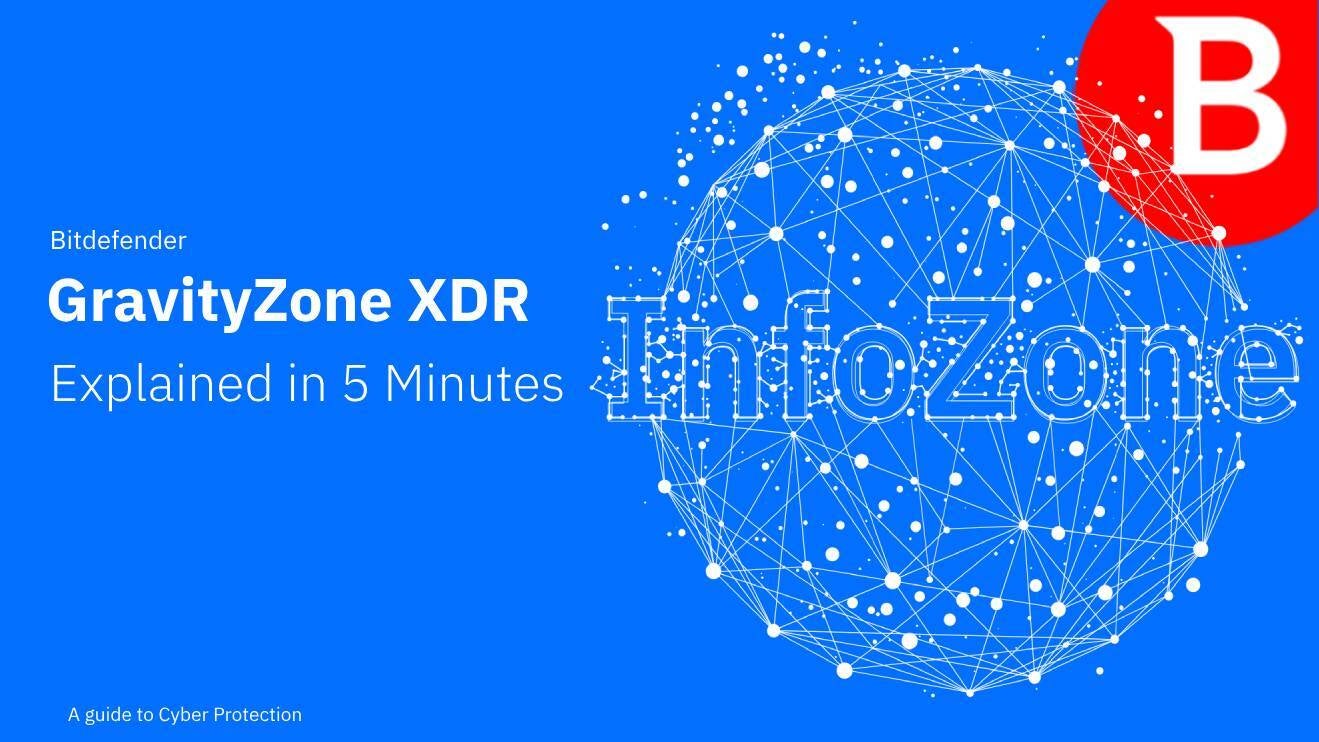An XDR solution is classified as “Native” or “Hybrid” depending on whether its telemetry sources come from the same vendor's portfolio or from different vendors. “Managed XDR” is a type of solution that emerged as new service packages appeared on the cybersecurity market.
Native XDR
This type has a high level of integration and optimization between components since the data sources and management are created by the same vendor. This style of XDR leads to better detection and response with a lower burden on security and operations teams since a single vendor is responsible for detection and response at the management side, but importantly, they are also responsible for creating and maintaining all integrations with data sources. While turnkey integrations are ideal for most organizations, others with well-funded security and operations teams may see these solutions as having limited compatibility across highly diverse infrastructures. These large organizations will tend to look at hybrid XDR to fit with their highly complex and costly SIEM (Security Information and Event Management) deployments.
Hybrid (or Open) XDR
These solutions are designed to integrate with a wide range of security products and services, regardless of the vendor. They are a good fit for organizations with a heterogeneous mix of security tools, as hybrid XDR can aggregate and analyze data from multiple sources for a more complete view of the security landscape. The drawback is the depth and breadth of integrations are owned by the organization. If you aren’t interested in a SIEM after all these years, your organization is likely not a candidate for this style of XDR because you will not get as deep as with native XDR solutions, and certainly not as quickly. On the other hand, if you have a dedicated Security Operations Center (SOC) and a broad team, this is the XDR for you.
Managed XDR (MDR)
XDR services offered and operated by a third-party provider are often part of a broader managed security service, hence the acronym MDR (Managed Detection and Response). In addition to the necessary technology, MDR also brings human expertise for monitoring, managing, and responding to threats. This option is beneficial for organizations that lack the internal resources or expertise to manage an XDR cybersecurity solution on their own.

